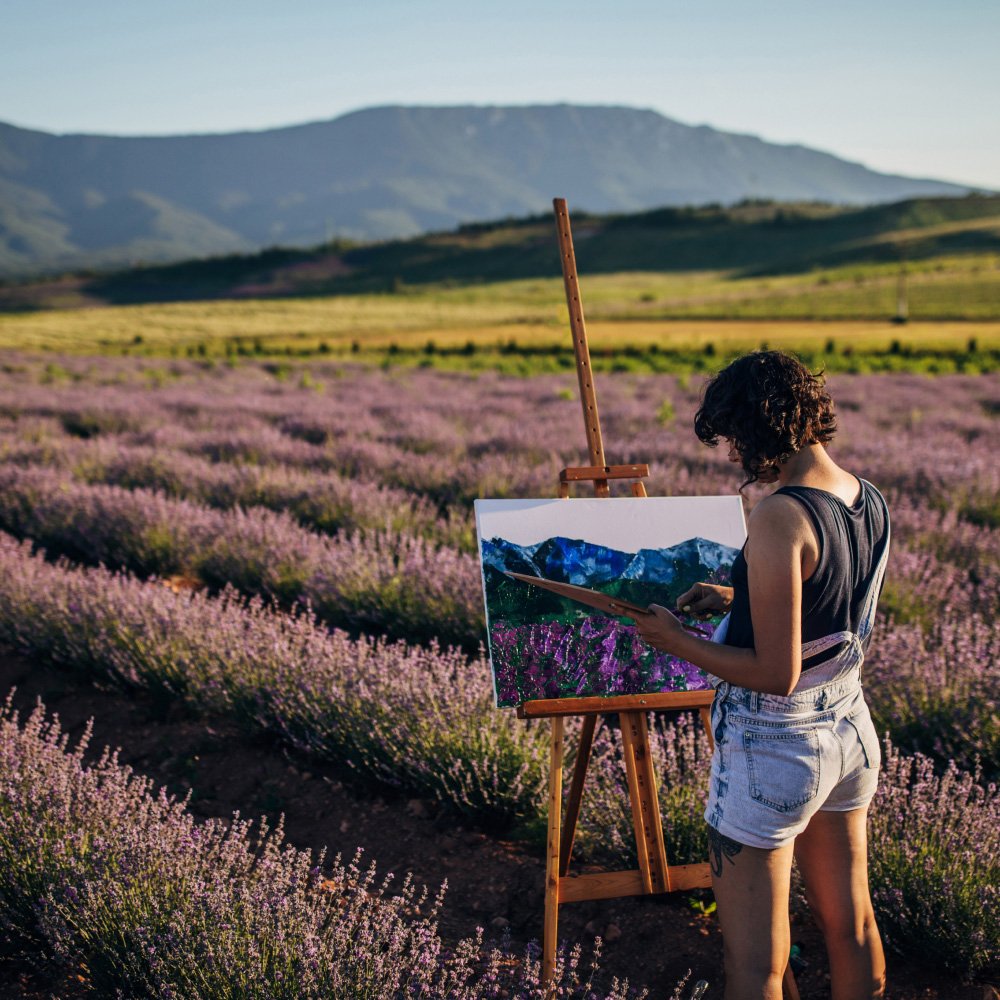
Gestalt psychology explores how we naturally group, organize, and interpret what we see. It explains why certain visual elements seem to “go together,” and how we recognize patterns without realizing it.
Once you notice this idea of the Gestalt principles, you could see them all around you— from design choices to patterns in daily life.
Pragnanz (good figure)
The “law of simplicity” tells us that our brains like to keep things simple. When we look at a complex image, our minds naturally simplify it for understanding. The principle of “pragnanz” explores how our brains understand multi-faceted concepts in the simplest way.
Consider this: When you look at the Olympic rings, your brain cuts through the chaos to find order, so you instantly recognize them as a complete symbol, not just a jumble of curves.
Similarity
When we see objects that look alike, we naturally group them together. If you spot a mix of shapes, your mind automatically sorts them into respective groups, even if they’re the same color. This is a way to organize and also to view similarities through chaos and noise.
Consider this: When you’re organizing your kitchen cabinet, you probably put plates with plates and bowls with bowls.
Proximity
Even if they don’t look the same, we naturally tend to group things together if they’re near each other. If a bunch of dots on a page are clustered together, but others are spread out, your brain will instinctively group the closer ones, whether or not they’re related.
Consider this: If a few people are standing near each other at a concert, you might assume they know each other, even if they’re not interacting.
Continuity
Our brains are wired to follow the easiest path when we look at things because we tend to prefer smooth, continuous patterns instead of jagged or broken shapes. While we might be faced with multiple stimuli at once, we’re going to focus on the thought or throughline that we’re focused on.
Consider this: When we look at a map, our brains naturally follow the path of a road, even if there are overlapping routes.
Closure
If something isn’t whole, our brains fill in the gaps to make things feel complete. When you see a circle with a tiny piece missing, your mind doesn’t dwell on that gap — it just fills it in so you see the whole shape.
Consider this: If you see a sign that’s partly covered, like a STOP sign that’s covered in overgrown tree branches, you can still read what it says and understand its meaning.
Common region
When you group objects within a defined area, your brain instantly thinks those items are connected.
Consider this: Web designers often use borders and boxes to group related info, making it easier for us to take it all in.

